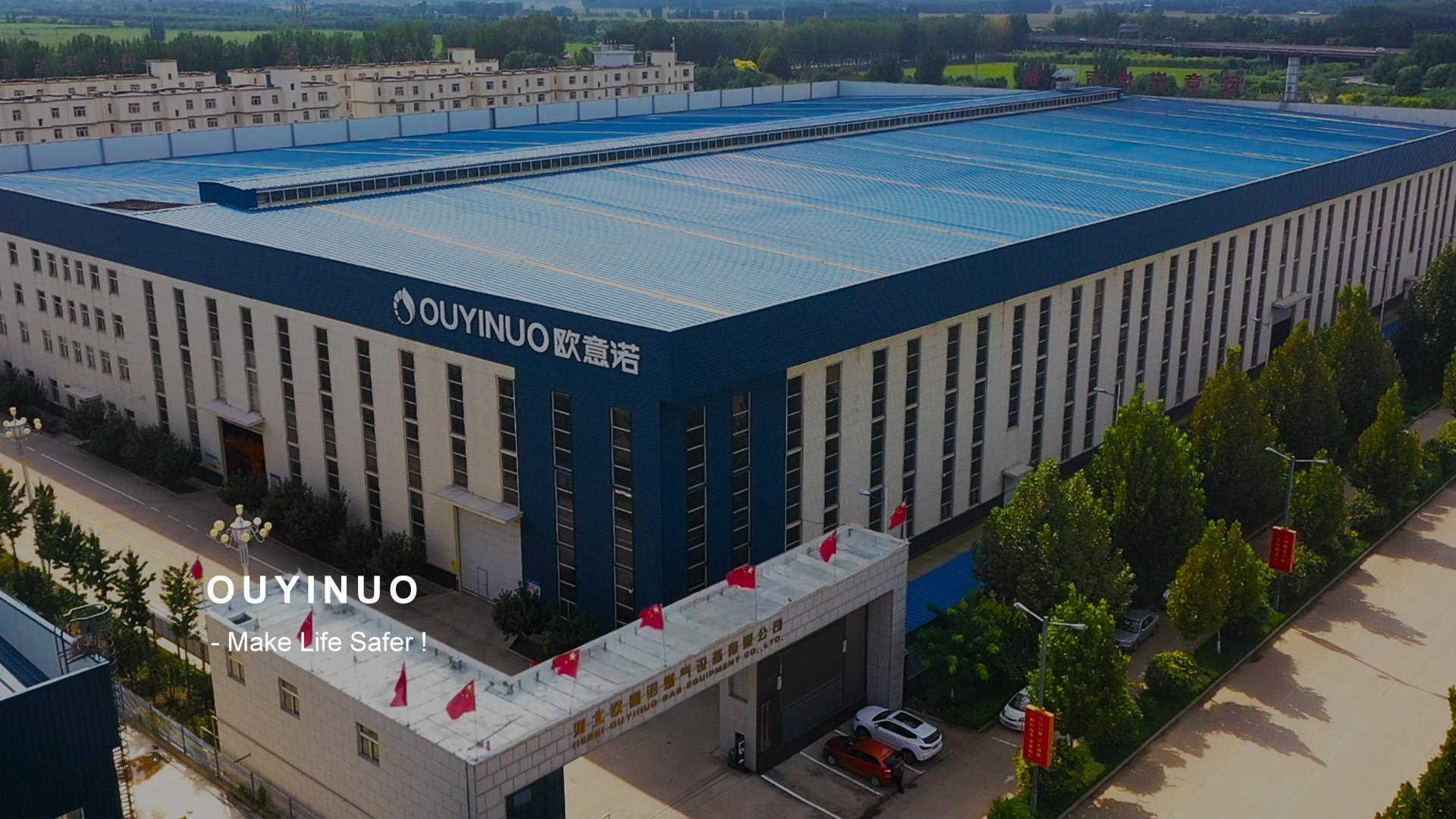
Aug . 19, 2024 18:03
Back to list
Natural Gas Safety Valve Selection and Maintenance Tips for Homeowners and Professionals
The Importance of Natural Gas Safety Valves
Natural gas has become an essential resource for countless households and industries around the globe. It powers our homes, fuels our vehicles, and serves as a crucial ingredient in various manufacturing processes. However, with the growing reliance on natural gas comes the increased necessity for effective safety measures to ensure its use does not lead to hazardous situations. One of the most critical components in ensuring the safety of natural gas systems is the safety valve.
What is a Natural Gas Safety Valve?
A natural gas safety valve is a mechanical device installed in gas lines and equipment to regulate the pressure of natural gas and protect against pressure surges or overpressure conditions. Such valves act as fail-safes, automatically releasing gas or shutting down systems when excessive pressure is detected. This process helps prevent potential hazards such as gas leaks, explosions, or equipment damage.
There are primarily two types of safety valves used in natural gas systems pressure relief valves (PRVs) and vacuum relief valves. PRVs are designed to open and relieve pressure when it exceeds a predetermined threshold, ensuring that the pressure inside the system remains within safe limits. On the other hand, vacuum relief valves operate to allow air into the system to prevent a vacuum condition, which can occur during gas withdrawal or system shutdown.
The Functionality of Safety Valves
The primary function of safety valves is to protect both people and property. By maintaining safe pressure levels, these valves significantly reduce the risk of catastrophic failures. In a typical scenario, if the pressure in a gas line were to increase beyond the safety limit due to a malfunction or an external issue, the safety valve would immediately activate, releasing gas and thereby lowering the pressure to a safe level.
natural gas safety valve

Another vital aspect of safety valves is their role in compliance with legal and industry standards. Various safety regulations require the installation of properly functioning safety valves in natural gas systems to safeguard the public and prevent environmental harm. Regular inspections, maintenance, and testing of these valves are essential to keep them functioning correctly.
The Consequences of Neglect
Neglecting the maintenance and functionality of natural gas safety valves can have dire consequences. Failing to address any signs of valve malfunction—such as leaks, corrosion, or unusual noises—can lead to severe accidents. In the worst-case scenarios, this negligence can result in loss of life, property destruction, and fines from regulatory bodies.
Moreover, the implications go beyond immediate physical dangers. Incidents related to gas safety can lead to increased insurance premiums, potential lawsuits, and significant financial liabilities for businesses and individuals alike.
Conclusion
The role of natural gas safety valves cannot be overstated. These devices are pivotal in ensuring the safe transport and use of natural gas, protecting both human life and the environment. As the world continues to depend more on natural gas, the importance of effective safety measures, including reliable safety valves, will only grow. Regular maintenance, compliance with safety regulations, and the installation of high-quality safety valves are imperative for anyone involved in the natural gas industry. In doing so, we can harness the benefits of natural gas while minimizing the inherent risks associated with its use.
Latest news
-
Safety Valve Spring-Loaded Design Overpressure ProtectionNewsJul.25,2025
-
Precision Voltage Regulator AC5 Accuracy Grade PerformanceNewsJul.25,2025
-
Natural Gas Pressure Regulating Skid Industrial Pipeline ApplicationsNewsJul.25,2025
-
Natural Gas Filter Stainless Steel Mesh Element DesignNewsJul.25,2025
-
Gas Pressure Regulator Valve Direct-Acting Spring-Loaded DesignNewsJul.25,2025
-
Decompression Equipment Multi-Stage Heat Exchange System DesignNewsJul.25,2025

